What exactly is a local food system? Is it a farmer standing behind a table on a Saturday morning? It is the chicken coop in your backyard and the fresh omelet you cook every morning? Is it the color photo of a smiling farmer on a tractor displayed over the produce bin at the town grocery store?
What is it that makes food local, and the larger question, is how much “local” is needed to make an entire food system local?
This is a question that has been in my head for the last few months. It is one of those questions that seems paradoxically simple -- i.e., food is produced and used locally. I mean, duh!?!? But, the more I've thought about it, and what it means for an urban center like DFW, the more murky my understanding has become.
In highly urban areas, like much of North Texas, the ability to grow food is minimized (with most traditional methods) and strongly discouraged (city planners always talk about “highest and best use” for property). The reality that I have come to understand is that our current food system is entirely global, and it is skewed significantly towards processed and ultra-processed foods. This reality, by its very nature, is highly extractive and often not focused on beneficial outcomes for producers, consumers, or the planet.
I will certainly admit that this is somewhat of a negative and pessimistic viewpoint to characterize the global food system as such, but I have come to believe that the argument can be made fairly easily that through the effects of globalization, extractive capitalism, and the focus on yield vs quality in our crops, our food system has lost sight of the “food” part of its definition.
Albert Einstein once famously said, "If I had one hour to save the world, I would spend 55 minutes defining the problem." To that end, I have begun to define the problem, as I see it, resulting from a lack of a resilient local food system. Perhaps the best way to start is by looking at the challenges that are caused or perpetuated by the system we currently have today. While this is certainly not an exhaustive list, I am sure I will add to this as I continue working on this problem, below are the challenges I have identified so far. (If you have others, or agree/disagree with my thoughts, please leave a comment below – I welcome discussion on this topic.)
Challenges in the food system today as I have seen or experienced:
1. Transport Chain: If foods are grown all around the world and then transported to destination markets, then there is a huge fragility in this. We saw some of the cracks in the transport chains during COVID in 2020. There is also the equally massive, and often unseen cost to the planet of this transport footprint. The fossil fuels that allow this global transport are an absorbed cost of moving food products from New Zealand, Argentina, and Asia into the U.S. market. The emissions from this have a is a huge portion of the retail price that consumers pay for these products. (Not to mention the effect that the new tariffs from the US administration have levied on (nearly) all international products.)
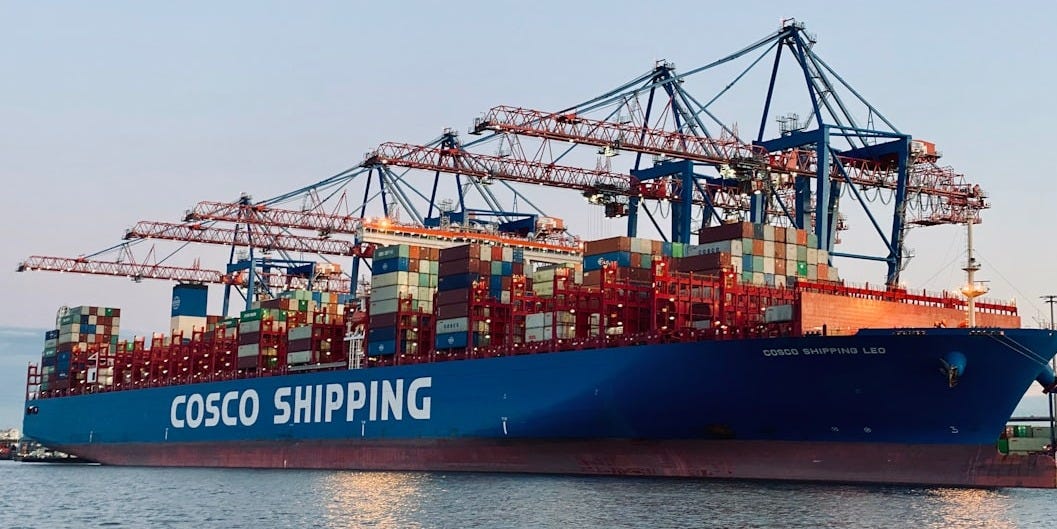
2. Nutrient density. Food today is simply not the same as it was 50 years ago, much less foods from 100+ years ago. As our soils have been depleted of critical nutrients and microbial life, we have become increasingly dependent on chemical fertilizers. Then, as a result, we have engineered crops for increased yield or traits like shelf-life or bruise resistance at the cost of things like flavor, nutrition, and regional specialization. As we do this, we are actively creating ongoing problems for ourselves
3. Chemical residues: Pesticide and herbicide sprays are now the norm for commercial production in today's world. Studies have shown that over 70% of produce in the global food system has testable levels of pesticide on it, and some crops have up to 18 different identifiable chemicals on them. While these are said to be within “acceptable levels”, we do not have a long history of observing the effects of these on humans, especially at this level of exposure, and the frequency of exposure within our diets.
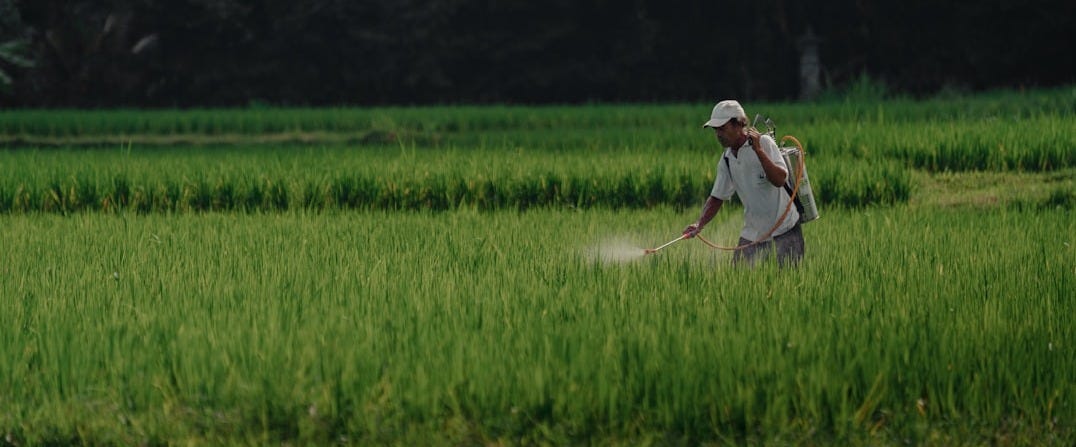
4. Access and availability. There is a long history associated with economic and societal issues within our food system. Systemic challenges with access to fresh food and over-access to ultra-processed foods have been studied a great deal as they relate to income inequity, racial bias, and other socio-economic issues. This is a category that is often ignored or relegated to the sub-text in any conversation about food. This needs to change immediately.
5. Barriers to entry - The combination of regulatory, financial, and industrial issues create problems for the creation of new businesses within the agricultural production-transportation complex. Current regulations and the associated barriers do all they can to create and promote economic inertia. The focus is on retaining the status quo and de-incentivizing any attempt to revise the system to make it easier for new players and new businesses to enter the system and provide an innovative solution.
While these are certainly not all the challenges facing a shift of this type in our food system, to me at least, these are the five largest and most critical to address at the onset of this redesign. I am going to continue to explore these topics, and others, as I work to help build this shift in my local community.
Leave a comment below to let me know your thoughts. Am I on the right track? Did I forget something egregious? What do YOU think is the greatest challenge or barrier to this shift? Let’s define the problem together, and plant seeds daily until we accomplish our goal of a thriving, resilient local food system.


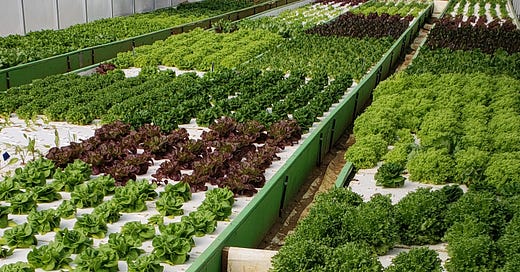



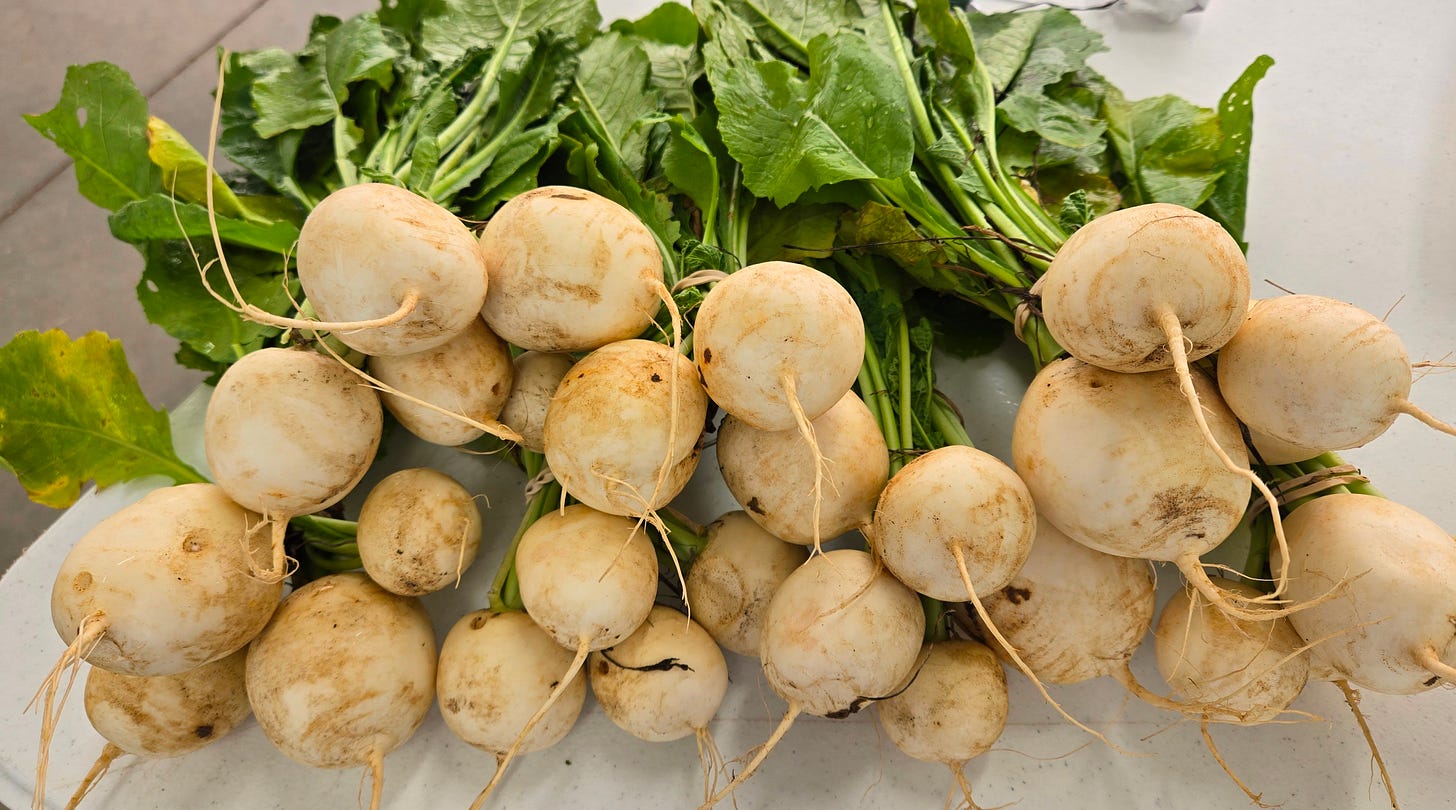

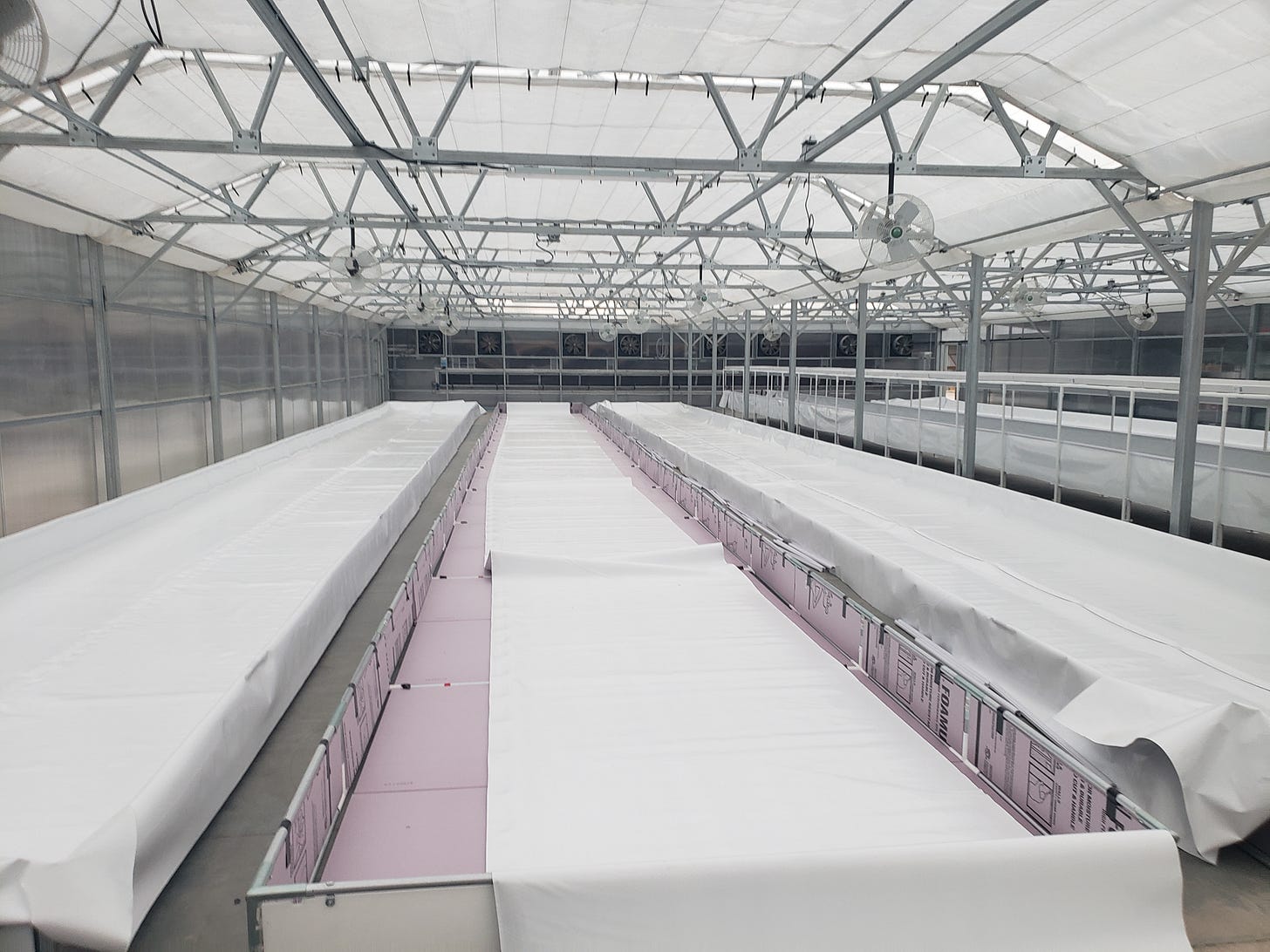
Great post and I agree with the environmental cost to ship food all over the globe. So my small test of change is, let's start local with small vacant warehouse. I know they have to be retrofitted, but in places like Colorado where we have a ton of sunshine this has to be doable. You save the environment by not tearing down another building, you keep it local. Now funding is another issue, but the policy doesn't have to fund it, but maybe via tax breaks it can encourage it.
We have externalized the cost of our food. It's way cheaper than it should be, and the costs get taken care of somewhere out of sight, usually in another country and out of the skin of whoever is doing the backbreaking labour to produce it. The American cost of living is so high that producing food at its current value is a terrible idea unless you are a highly mechanized mega farm or have access to a boutique farmers market with clientele that don't blink at paying 5x grocery store price. Labour in other countries is insanely cheap because the average farm worker is already living in poverty and there are no protections for safety or other basic but expensive baselines, or value placed on fairness. Can you imagine buying a banana plantation and trying to staff it with American minimum wage labourers? Impossible. The only way to move our farm production back inside the US is to subsizide farmers so that they can make enough money to justify growing the food or to nationalize the farms and take capitalism out of the equation.